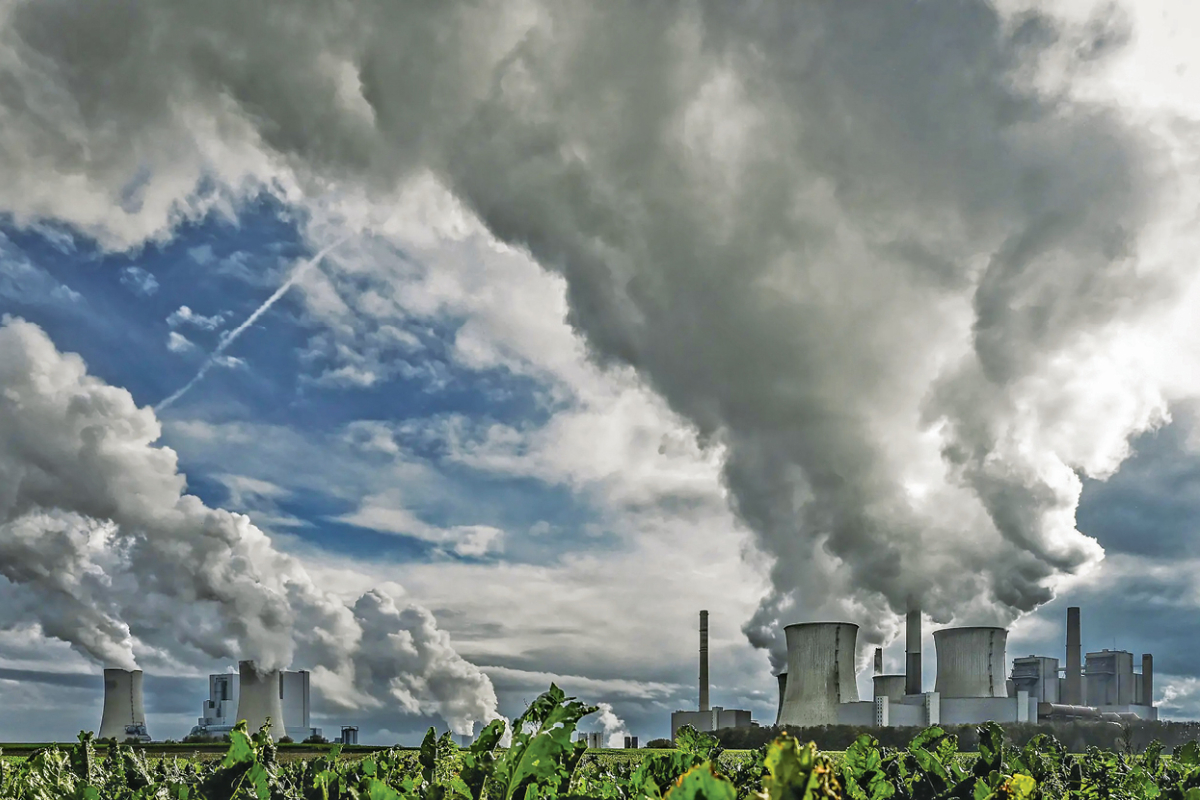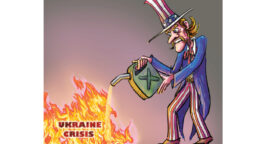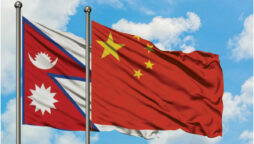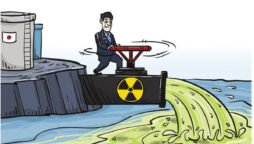
For the last several months, the European countries are rapidly contemplating on shifting the energy sector towards coal. Many European countries have given little thought to gas alternatives for domestic use, as they plan to phase out petrol and diesel in their automobile industries.
The Russia-Ukraine conflict has created major problems in the energy sector and Europe is returning to old ways to deal with these problems. Many European countries are still working on the projects to abandon traditional energy methods to drive the transport and to replace petrol and diesel with other fuels that are not harmful to the environment for the automation of the transport system.
At the beginning of August, the 56th meeting of various subordinate state institutions was held in Bonn, Germany. It was the United Nations Climate Change Conference. Representatives of 200 countries and regions participated in the moot. The European diplomats were also present. They were demanding two things. First, to reduce energy consumption and emissions and second, to provide financial support to the developing countries to combat climate change. When these demands were spelled out, the European countries did not agree with them and demanded coal. Now, they want coal from the developing countries to further degrade the environment. The European countries, the biggest buyers of Russian gas, need alternative coal for gas.
After the Ukraine war, the situation has again put the European countries; Germany, Italy, Australia and the Netherlands, on a new path. Now, they will set up coal burning power plants. For them, this seems the only way out of the energy crisis. Thus, they are inviting another bigger challenge to deal with one challenge. The Dutch government has announced that it is reactivating coal-fired power plants, in the first phase, to tackle the energy crisis. Denmark, along with the Netherlands, have followed Germany in making similar moves as an initial step in the face of uncertain gas supplies from Russia and now Austria has joined the ranks of the countries turning to coal for alternative energy use after Russian gas supply disruptions. These countries have lifted restrictions on the power stations that used to generate electricity from coal.
We all know that our planet is facing environmental threats. The responsibility for destroying the natural habitat rests with the system that currently dominates the world. The lust for concentration of capital and money has raised serious questions for the survival of the planet. Climate change, pollution, deforestation and air pollution have threatened the survival of the planet and this whole situation has arisen from the process of playing with nature. All these threats to nature are caused by the use of fuels that are produced from materials containing hydrocarbon components. This fuel is produced from the decomposition of dead trees and animals. From these three types of fuel coal, gas and oil are produced. This fuel is not environmentally-friendly, which is why Europe and the Western world planned to abandon the use of oil to run the automobile industry after three years. But the halt in gas supplies to Europe after the Ukraine conflict has put the project at risk and is now turning to coal plants, an alternative energy fuel that further damages the environment.
Europe resolved gas supply disruptions by restarting coal-fired plants. But even this solution is unsustainable. Today, we are in the ninth month of 2022 and by 2030 the known reserves of coal in Europe will be exhausted. In these eight years, Europe must have paid the price for damaging the environment. What will happen next? Then it will turn to the developing world. A Columbus or a Vasco de Gama will come out to wipe their hands of the reserves of the developing countries. The developing countries still have the same environment, as the countries where European colonies were established 400 years ago. When Vasco da Gama came here, India was ruled by Nuruddin Jahangir (in reality, the rule was with Nur Jahan) and during this period, the corruption of Adal Jahangiri was taking its roots and the methods adopted by the European businessmen to gain access and privileges to the court had been innovated to a great extent. Now in the developing world, the real rule and the real governance is with corruption and all the stakeholders of many countries are on the same page in the matter of corruption.
The largest coal reserves in the world of over 2 trillion tonnes are in the US. The United States has the resources and potential to obtain renewable energy, so it is highly unlikely that it will depend on coal for energy in the event of a crisis.
Similarly, among the countries with coal reserves, Russia is on the second place, Australia is on the third, China is on the fourth and India is on the fifth place. Among the 20 countries with the most coal reserves in the world, only two European countries are Germany and Poland. If Ukraine is removed from the Russian bloc and accepted as a part of Europe, then these three countries will be able to depend on coal for some time, but due to the fact that Ukraine has gas reserves, it will switch to coal for its energy. The chances of that happening are negligible. Among the 20 coal-producing countries in the world, 19 are those whose economic base is largely stable and probably the rulers there will not even need to sell their coal reserves at low prices and Pakistan is part of these 20 countries. The ruling elite here have no problem in squandering their resources ruthlessly. Pakistan has over 3 billion tonnes of coal reserves.
When Europe turns to the developing countries for coal, the plant operators there will look to us or other countries like us. Only Spain, the Netherlands, Slovenia, Albania and Romania are among the 50 countries behind Pakistan in coal production in Europe. Among them, the reserves of Spain alone are more than one billion tonnes. The reserves of other European countries are not even enough to meet their local needs.
The Ukraine war has exposed Europe’s weaknesses. The economic sanctions imposed by the European Union on Russia after the Ukraine conflict may not have been anticipated by the European countries. As mentioned earlier, Germany has restarted its coal plants. The Netherlands has lifted limits on the output of coal plants, and Denmark is set to follow suit. Italy has declared a state of emergency in the energy sector. Now, it seems that Italy’s power plants will also start running on coal.
The question is being raised in Europe whether it needs more coal now. Europe used to get 40 per cent of its gas from Russia, now getting gas from Russia has become somewhat uncertain. Europe needs gas to cope with the biggest heatwave in five centuries and Europe’s energy needs have increased dramatically. After a while, the European countries will probably be asking each other who pushed us. So the simple answer would be, where did the proposal to add Ukraine to the 30 members of the North Atlantic Treaty Organisation (NATO) come from?
Does Europe think that Russia was unaware of the circumstances under which the collapse of the Soviet Union took place? Was Russia unaware of NATO operations? Obviously, Russia or any other country was not aware of the operations that NATO had done in Iraq, Afghanistan and other countries. How could Russia allow such a military alliance to base itself on its energy reserves that had shattered the Soviet Union 30 years ago and given the Soviet Red Army innumerable thorns in its side? Now that the Soviet Union has collapsed and the military alliance of communism in Europe has been written, what kind of ideological idol is standing up for Europe in such a world that it is necessary to maintain NATO to counter it?
Europe claims that Russia has deployed 100,000 troops on the borders of Ukraine. In response, the United States had already deployed thousands of troops there. America is also asking Europe and other NATO allies to deploy their troops in the Eastern Europe. Besides, Russian President Vladimir Putin says that if Europe refuses to include Ukraine in its alliance, it will withdraw its troops from there. This demand of Russia has been rejected.
In the broader perspective, Russia has cut its imports to Europe by more than 50 per cent and is experiencing one of its worst and most widespread droughts in five centuries, including a recent summer. When the temperature of Karachi was 28 degrees Celsius, the temperature of London and other European cities had crossed 40 degrees Celsius. In these circumstances, Europe had already emerged as a buyer of coal. Colombia, a Latin American country, is one of the countries that has traded its coal with Europe. Colombia has shipped 1.3 million tonnes of coal to Europe since the start of the Ukraine war, with Colombia’s exports to Europe increasing 47 per cent. South Africa is the second largest exporter of coal to Europe. South Africa has sent 287 thousand tonnes of coal to Europe in the same year after March. America, Australia and Indonesia are also sending coal to Europe. Even if all these countries come together to resolve Europe’s current energy crisis, they will not be able to fill the gap created by Russia’s cutoff of gas supplies.
The US, Australia and Indonesia certainly have vast coal reserves. America has the largest coal reserves in the world. And Australia is the second largest coal producer and Indonesia is the 11th largest coal producer. But the coal imported from these countries is very expensive for Europe. Europe will now definitely turn to other developing countries. Now, it is to be seen which countries of the world agree to dedicate their coal reserves for the use of Europe. The biggest threat to us is from the elites of our country whose track record shows that in such international deals of the natural resources personal interests are kept in mind more than national interests. We have been trading huge interests at a very low price for the last 60 or 70 years.
There is a need for a national awareness in the country and the people should consider their resources as their property and the ruling elite should not consider the national resources as loot, otherwise, we would lose our resources too and would be forced to pay back for our low sighted decisions, as was witnessed in the past.
Catch all the The Globe News, Breaking News Event and Latest News Updates on The BOL News
Download The BOL News App to get the Daily News Update & Live News.











 Read the complete story text.
Read the complete story text. Listen to audio of the story.
Listen to audio of the story.